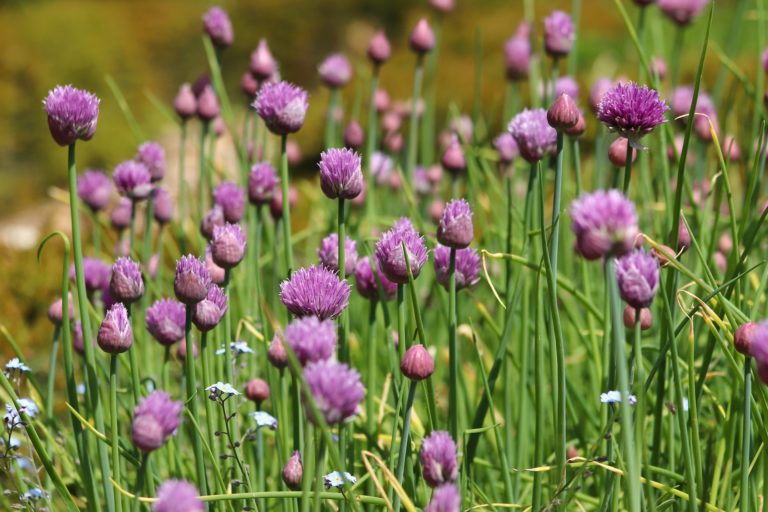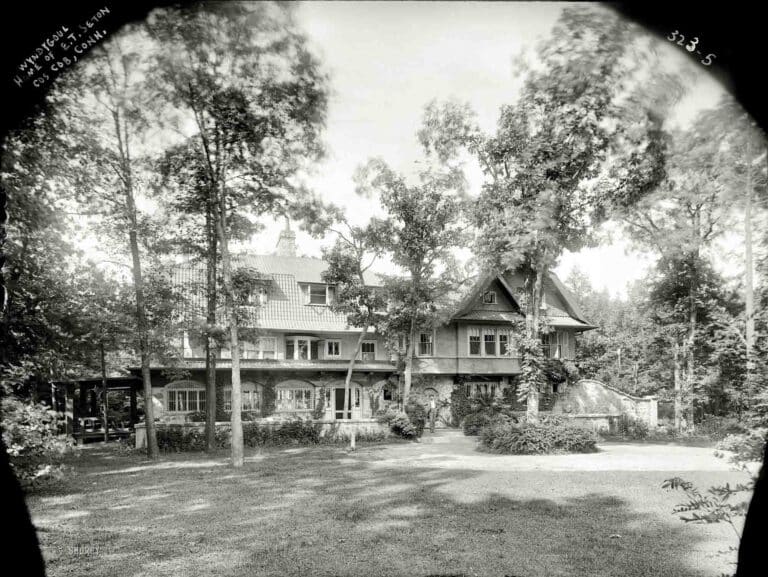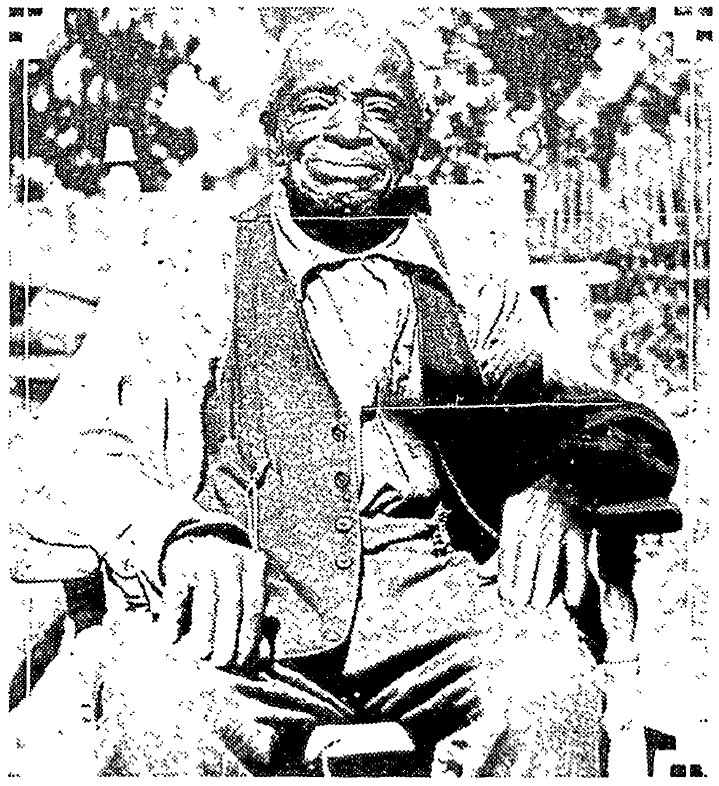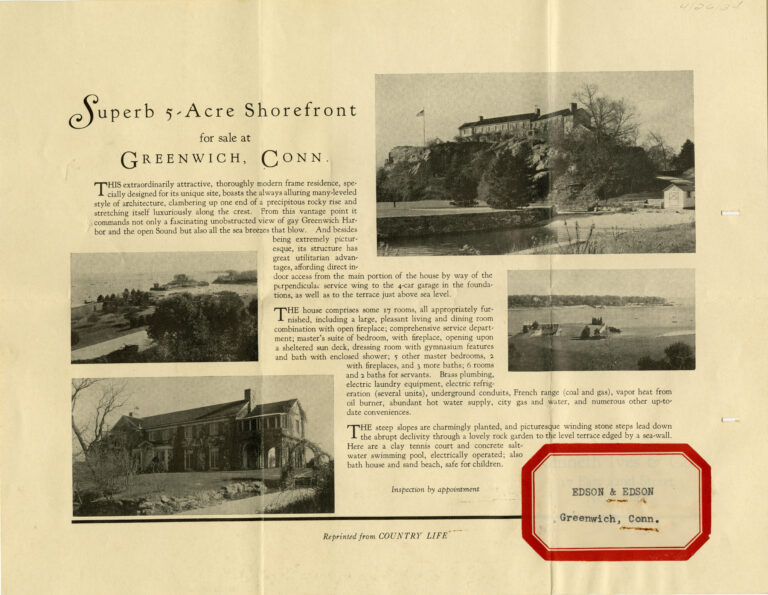One of my favorite things to do when the weather gets warm is garden. I love to watch tiny seeds turn into sprouts, sprouts turn into sprigs, and sprigs turn into full grown plants. It is a beautiful process that never fails to give me joy.
When we think of a garden, we often think of a bed of flowers such as: roses, daisies and irises. However, in Colonial times, the Bush family grew plants for a practical purpose. Their garden was filled with plants used for food, medicine, cloth and dyeing cloth.
Today, I’m going to tell you about a few of the more common plants found in a Colonial kitchen garden. I hope you will consider planting a kitchen garden of your own.
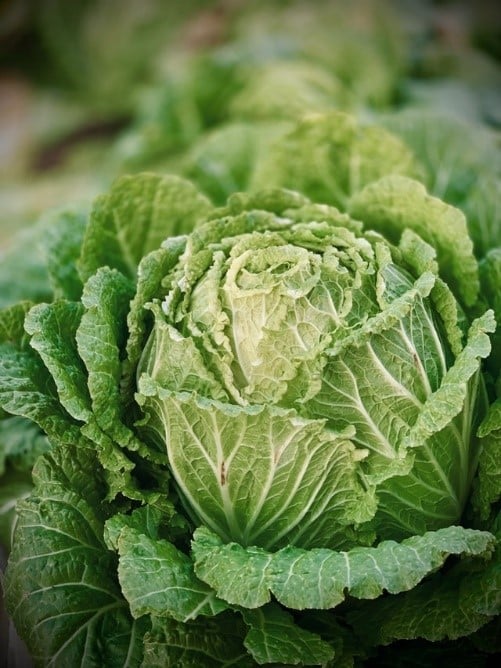
Vegetables
Beans – Popularly grown with squash and corn, beans were often baked with vegetables, bacon, and spices.
Cabbage – Cabbage was a popular side, often boiled, sauteed, and pickled.
Greens – You will often see “greens”’ listed in colonial recipes, without explaining what kind of greens they are. These were often dandelions, kale, mustard, Swiss chard, and turnip greens.
Parsnip – : A starchy vegetable, that is across between a carrot or a potato. It was often boiled, cooked into stews, or, my favorite, made into griddle cakes.

Herbs
Chives – Milder than onions and leeks, but with the same great flavor, chives were a popular addition to both hot and cold dishes.
Dill – Bright, grassy, and tasting mildly like licorice, dill was a popular choice in light dishes and remains a staple of pickling.
Rosemary – Woody and pine-like in flavor, rosemary was, and still is, a popular herb in soups, stews, and meat dishes.
Sage – Sweet and bitter, pine-like and citrus-y, sage was a popular herb for pork and poultry. It also pairs well with sweeter things, such as apples and squash.

Medical Plants
Chamomile – Still popular today, chamomile was used as a calming agent and sleep aid. It was often made into tea.
Fever Few – As the name might suggest, fever few was used to bring down fevers.
Horehound – Used to make cough drops and syrups. It also became a popular flavor for candy.
Lamb’s Ear – Don’t eat this one! Lamb’s Ear is a living bandage. Soft, absorbent, and anti-bacterial, it was used on cuts to help stop bleeding.
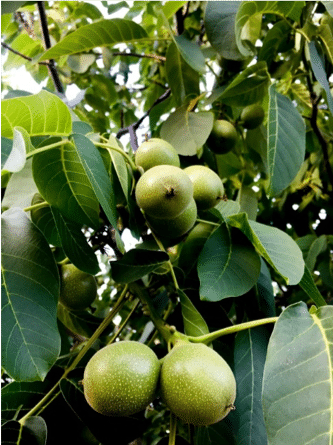
Dye Plants
Indigo – The leaves of indigo are used to make a blue dye.
Onion – The skin (the paper covering) of onions are used to make a yellow dye.
Madder – The roots of madder are used to make a red dye.
Walnut – The shells from a black walnut are used to make brown or black dye.

